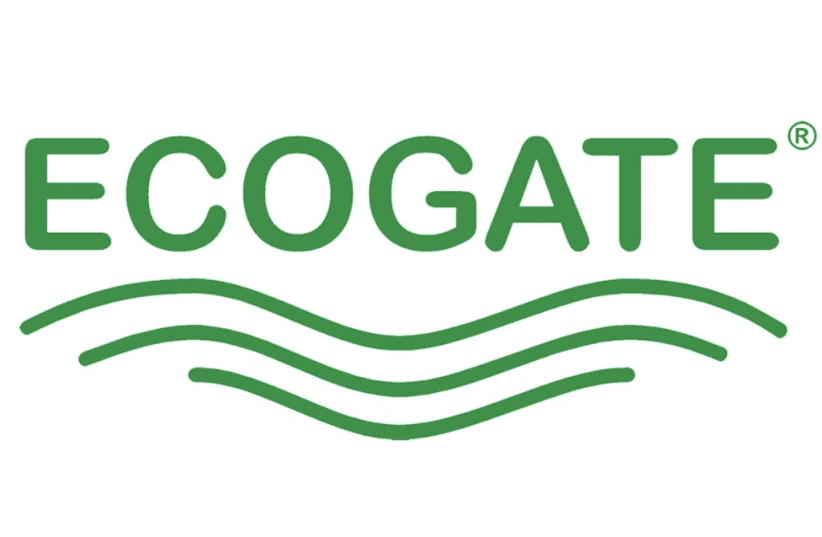Eco-friendly initiatives have found their way into all aspects of our culture. From driving hybrids to dining at locally-sourced restaurants to working in LEED certified buildings, our lives are full of opportunities to promote measures that show a concern for the environment.
For property owners, whether commercial or residential, opportunities for becoming more eco-friendly abound. In fact, there are so many ways to decrease negative environmental impacts that it may be difficult to determine where to start. Here are some suggestions for steps that can be taken to make your property more eco-friendly and, in some cases, more valuable.
Living in an eco-friendly home
Becoming more energy efficient is a great place to start when pursuing a more eco-friendly home. For the most part, cutting energy costs will involve lifestyle changes. For example, when doing laundry, most of the energy that your washing machine uses goes to heating water. By simply committing to wash clothes in cold water, you reduce energy requirements by as much as 90 percent.
Once the clothes are clean, hanging them to dry rather than throwing them in the dryer can also significantly reduce your electricity usage. An added benefit of line drying is that it makes clothes last longer.
While lifestyle changes will make a difference, there are also changes that can be made to your home that increase your eco-friendliness. Installing a water filter can encourage a switch from disposable plastic water bottles to tap water that you transport in reusable containers. Upgrading your thermostat to a smart model will allow you to program your heating and cooling for ultimate efficiency, even gaining access to the controls from your phone while you are away from home. Upgrading windows, especially if your home is older and the windows are original, can stop heat gain and loss that can account for up to 30 percent of your healing and cooling costs.
“If you decide to make changes that require a contractor, make sure that all of the work you request is detailed in a contract that specifies the use of eco-friendly materials whenever possible,” advises Matt DiBara, founder of The Undercover Contractor and owner of DiBara Masonry, the leading masonry and concrete company in the US. “Sustainable wood products, smart glass windows, eco-friendly insulation, and low VOC paint are all options that make your project even more impactful.”
Making your business more eco-friendly
While shifting your business toward a more eco-friendly model might add expenses, it could also improve your bottom line. Reports show that a growing segment of the population is willing to pay more for products and services from businesses that support sustainability.
An easy first step toward eco-friendliness could be committing to use post-consumer waste (PCW) paper products. Ideally, you are choosing digital alternatives to paper when they are available. When paper must be used, opt for 100 percent PCW paper products, which require 45 percent less energy to produce. And after the paper is used, make sure it is deposited in the recycling bin instead of the garbage can.
If you own the building in which your business resides, replacing light bulbs with eco-friendly alternatives is another small step that can make a big difference. Compact-fluorescent (CFL) and LED lights both require significantly less energy than incandescent bulbs. While CFLs do contain a small amount of mercury that can pose an environmental risk if not properly disposed of, their energy efficiency makes them a great choice for the environment.
For many manufacturing companies, managing air quality is a project that should be approached with an eye for eco-friendliness. Woodworking, printing, welding, food processing, and automotive production are just some of the fields in which regular operations require dust collection and other air treatment to keep buildings safe for workers and the environment safe for all.
“The cleanest energy is the energy that you do not use,” says Ales Litomisky, President of Ecogate, a company that engineers the best dust collection and exhaust ventilations control systems in the world. “Modern air quality systems not only employ innovations that keep dust, fumes, and other particles from escaping into the environment, but they reduce noise pollution and dramatically increase energy efficiency.”


Becoming an eco-friendly landlord
If you own rental property, making eco-friendly upgrades has the potential to go beyond reducing energy costs and contributing to sustainability.
“The growing number of people who are willing to spend more on eco-friendly products are also willing to pay more for an eco-friendly living space,” explains Shankar Thayver, founder of TourNow, a revolutionary mobile app that enables real-time, on-demand property tours with professional agents. "Smart thermostats, dual flush toilets, LED bulbs and satellite controlled sprinkler systems are very popular. Advertising an eco-friendly rental unit makes you stand out.”
Upgrading appliances to newer models with efficiency ratings is an easy step that is easy to advertise. Upgrading window treatments to cut down on heat transfer is a cheaper alternative than replacing windows and easy to point to as eco-friendly. Providing access to a recycling program is another easy step that is appealing.
For those who are considering investing in rental property, “walkability” is a factor that is becoming more and more important to potential renters who value sustainability. Properties with high walkability scores provide residents with safe, well-lit walking paths that can be used to access restaurants and other businesses to which one would normally drive. The less a car needs to be used, the more eco-friendly a location is considered.
Overall, taking steps to make your home or business more eco-friendly is an investment that will require time, resources, and lifestyle changes. While the return on your investment may seem small on the front end, joining the movement toward sustainability and eco-friendliness will pay dividends for generations to come.
This article was written in cooperation with Matt DiBara and Ecogate
